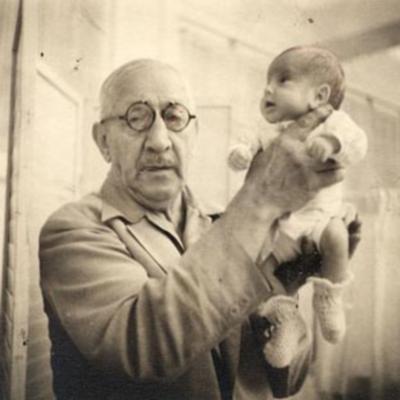Tiny Sideshows
Since the late 1800s, Coney Island has played host to a circus-like environment of amusement parks. Today, you can go there on July 4th and witness the annual hot dog eating contest, as eaters professional and amateur scarf down an obscene amount of tubular meat in short order. But roughly a century ago, such an event would probably be considered one of the more normal things one could find at the Coney Island boardwalk. In the early 1900s, Coney Island was home to sideshows of outcasts. These shows featured people who, by virtue of having features or abilities far different than most others, were commonly termed “freaks.” There was Violetta, the Limbless-Woman, who had no arms or legs but was otherwise a perfectly functioning person; and Lionel, the Lion-Man, whose special talent was the “ability” to grow hair at extraordinary rates. (“Ability” is in quotes because he had a condition called hypertrichosis — sometimes called “werewolf disease” — and couldn’t actually control the hair growth.)
And then there was Dr. Couney’s collection of unusually tiny babies.
Yes, human babies — just really small ones.

Martin Couney (pictured) was, to say the least, a controversial figure. A doctor trained in pediatrics in France, he came to the United States in 1903 with a relatively new invention in tow — an incubation chamber which could keep a prematurely born child from dying. The invention wasn’t his — it had been discussed and implemented in various places in France for about fifty years — but it was, in general, seen as expensive and in many cases superfluous. Couney wanted to change that latter perception while finding a way to make these life-saving chambers accessible to those who could not afford them. His solution: put the babies on display and charge oglers a quarter to see the miracle of life, sustained.
The babies on display weren’t treated like the other curiosities. The young children were receiving around-the-clock care from nurses in an environment, according to the New York Times, which featured “heaters and filtered air” — similar to what preemies receive in neonatal ICUs in modern times. The 25-cent fee collected as admission paid for the care of the children, who typically were born to parents who could not otherwise afford their care.
Nevertheless, the idea of turning premature babies into an attraction nearby people like Violette and Lionel was met with shock and horror, as one would imagine. (Dr. Couney most certainly knew that would happen.) Public opinion further eroded when, in 1911, one of two amusement parks at Coney Island at the time burned down. The Times incorrectly reported that some of the babies from Dr. Couney’s exhibit died in the fire — the children had been successfully evacuated to Dr. Couney’s exhibit at the other amusement park. (The next day, it reported a correction in an article titled “All Well with the Babies,” but who pays attention to corrections?)
When Couney died in 1950, the obituaries about him (a New York Times one is republished here) were generally neutral toward his efforts — they didn’t defame him as being a huckster, but didn’t credit him for his successes, either. Hindsight, however, smiled on Couney’s work. A1998 Times article called his work “medically and ethically sound,” and according to Couney’s entry in the Coney Island Hall of Fame, an incredible (for the time) 6,500 of the 8,000 premature babies he treated survived.
Bonus Fact: The world record for most hot dogs (and buns) eaten in 10 minutes? Sixty-nine, set by professional eater (yes, that’s a thing) Joey Chestnut at the Coney Island contest last year. However, that record comes with some controversy. Takeru Kobayashi, another professional eater — and one who brought the Coney Island hot dog eating contest to prominence — doesn’t compete in the event any longer due to a sponsorship dispute. In 2011, Kobayashi may have also downed 69 hot dogs (and, again, buns) in a ten minute span.
From the Archives: Well of Death: Something else one could have once seen at Coney Island.
Related: 120 hot dogs. Not quite enough to break the world record twice.
Image via Beth Allen. Used with permission.
